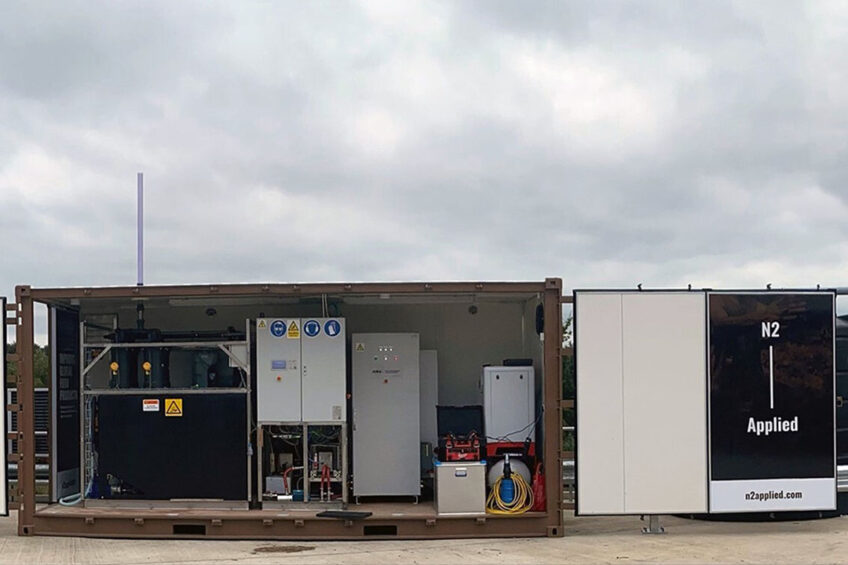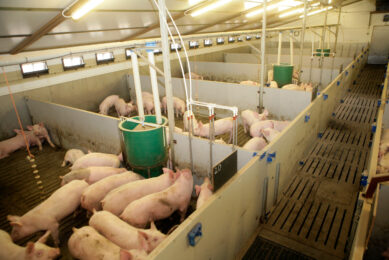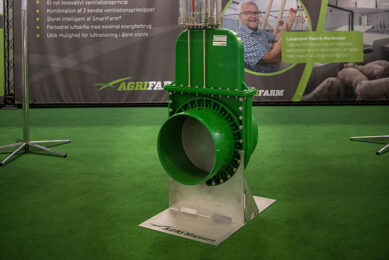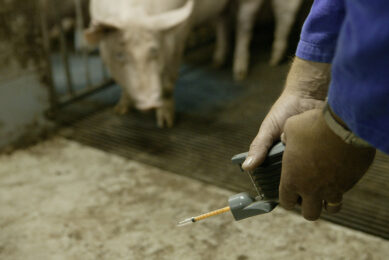UK National Pig Centre aims to reduce slurry emissions

The UK’s National Pig Centre will cooperate with Norwegian agricultural technology company N2 Applied business to reduce its slurry emissions.
N2 Applied will be supplying a unit, using plasma technology to treat livestock slurry principally to capture ammonia and methane emissions within the material. Using a scientific technique that applies just air and electricity to slurry, the technology “locks in” both ammonia and methane to the liquid waste material, producing a nitrogen-rich fertiliser. Treated slurry produced on-farm has the potential to reduce the need for chemical fertiliser, and therefore further reduce greenhouse gas emissions.
Pig health benefits and environmental effects
The assessment of N2 Applied’s plasma technology at the National Pig Centre will explore animal health benefits, soil health improvements and optimising nutrient use efficiency in pig production, with testing mainly focused on the centre’s 440 sow indoor unit. Beyond reduced ammonia and methane emissions, which contribute to greenhouse gases and are harmful for air quality, methods that improve soil health and recycling of organic waste can facilitate a more circular economy for farmers and food producers.
The £11 million (€ 13 million) National Pig Centre in Yorkshire was opened in late 2019 as a joint venture between the University of Leeds and the Centre for Innovation Excellence in Livestock (CIEL). It is a facility for research and innovation on commercial pig production, focusing on sustainability, nutrition, animal behaviour, health and welfare, with the overall ambition of reducing emissions to support more sustainable farming methods.

Helping farming to be more sustainable
Prof Stefan Kepinski is associate director for agriculture and environment at the Global Food and Environment Institute at the University of Leeds. In a press release, he commented, “Through research projects like our collaboration with N2 Applied we are working to help make farming more sustainable, both through better management of slurry and improved financial incentives for farmers. Our overarching aim is to lower the environmental footprint of the National Pig Centre whilst driving effective, evidence-based knowledge exchange and commercialisation plans for net zero and regenerative food production systems.”
Carl Hansson, CEO of N2 Applied, said, “While most of the attention around agricultural emissions is focused on dairy cows, pigs make up a substantial portion of overall UK livestock, with approximately 1 pig for every 2 cows. The potential of this trial is huge, as the ability to improve management of pig slurry is one of the central aspects of the UK achieving net zero farming between now and 2040.”
Hansson continued to say, “By keeping as much ammonia as possible within slurry, we’re able to turn it into nitrogen-rich fertiliser that also means fewer – if any – chemical fertilisers are needed, saving their carbon cost too. Combining this technique with other improved methods offers the prospects of a significant step forward for circular pig farming.”
First time on a UK pig farm
The company stated that it is the first time it has been implemented on a working UK pig farm. Previous independent trials elsewhere in Europe have seen emissions of both gases practically eliminated, as have trials by agricultural consultancy ADAS in the UK. Grass and wheat yields have also improved markedly in multiple trials through the application of the resulting material as a sustainable, nitrogen-rich fertiliser.
 Beheer
Beheer













 WP Admin
WP Admin  Bewerk bericht
Bewerk bericht